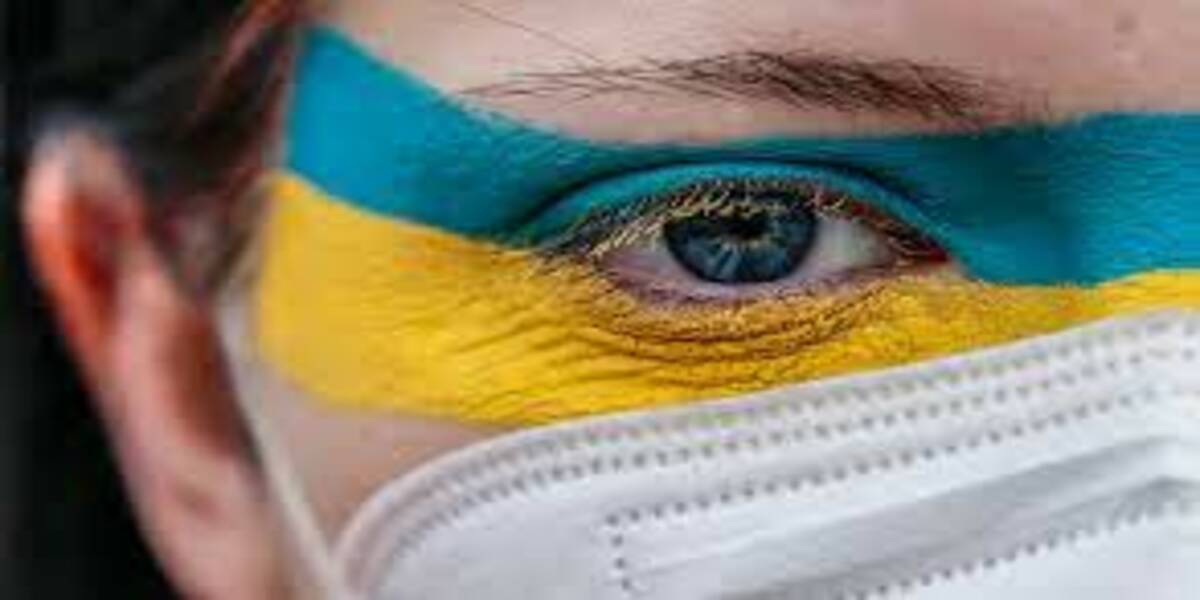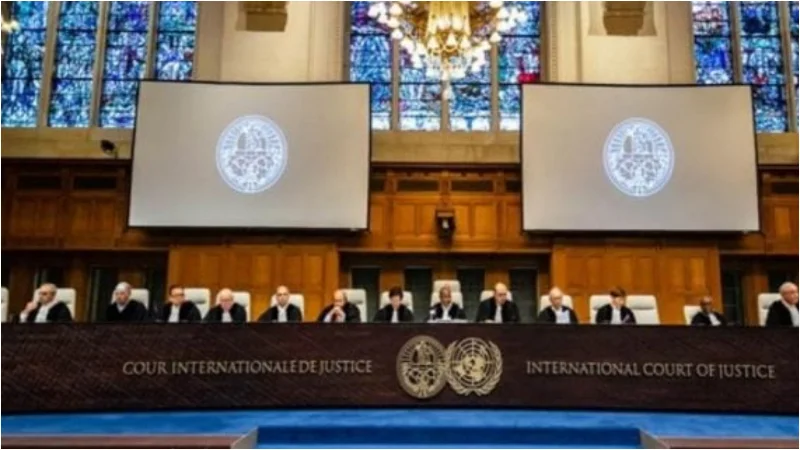
To resounding choruses of the national anthem, Ukrainian soldiers reinstalled their flag over Mariupol’s city hall on a joyful June morning in 2014. They had been fighting pro-Russian rebels for weeks in a battle for control of a major port city. Losing control of a region of eastern and southern Ukraine if Mariupol, an industrial city on the Sea of Azov, fell to Russia, a prize that Russian President Vladimir Putin greatly desired.
Mariupol’s de facto fall to Russian forces marks a watershed point in Moscow’s full-scale invasion, after almost a decade on the front lines of what had been a low-grade conflict. Control of the shattered metropolis amounts to a big and horrible Kremlin win in a conflict characterised by Russia’s underperformance, failure to conquer Kyiv, and failed effort to decapitate the Ukrainian government.
The battle is far from done. At the huge Azovstal Iron and Steel Works, civilians and Ukrainian forces — including troops from the Azov Regiment, the same nationalist squad that helped retake the city in 2014 — are dug down in a dramatic last stand.
There’s hardly much left to protect outside the Soviet-era factory’s labyrinthine corridors and underground tunnels and rooms.
The fight of Mariupol has been an archaic siege, with Russian missile fireballs in the night skies, residential complexes reduced to smoking husks, and museums and hospitals destroyed. Civilians, including those sheltering in a damaged theatre with the word “children” painted across its front courtyard in a fruitless attempt to ward off Russian fighter aircraft, killed simply because of where they resided.
The near-total destruction of a city has evoked the sieges of Aleppo, Syria, in the 2010s and Grozny, Chechnya, in the 1990s — but also the destruction of European cities from an era thought to be buried in the ashes of World War II, and, further back, the 13th-century pillaging by the Golden Horde, which overran the lands where modern Mariupol now lies in ruins.
The capture of Mariupol moves Moscow closer to completing a goal: building a land bridge connecting the Crimean Peninsula, which Moscow took eight years ago, to Ukraine’s separatist republics in the east, which are virtually under Kremlin authority. As a result, the geography of Europe might be redrawn, with Russia’s frontiers increasing by hundreds of square kilometres.
The Russians are accused of war crimes, starvation, indiscriminate bombardment, and civilian slaughter in order to obtain this medal. More than 100,000 individuals were stranded as Moscow obstructed the creation of humanitarian evacuation routes. Others were moved forcefully to Russia, some to cities hundreds of kilometres east. Mariupol has lost an estimated 20,000 people, and satellite photographs published this week showed mass graves 12 miles west of the city. It was dubbed a “new Babyn Yar” by Mayor Vadym Boychenko, a reference to the mass graves outside Kyiv where the Nazis killed at least 33,000 Jews.
“In Mariupol, the largest war crime of the twenty-first century was perpetrated,” Boychenko said on Friday.




















